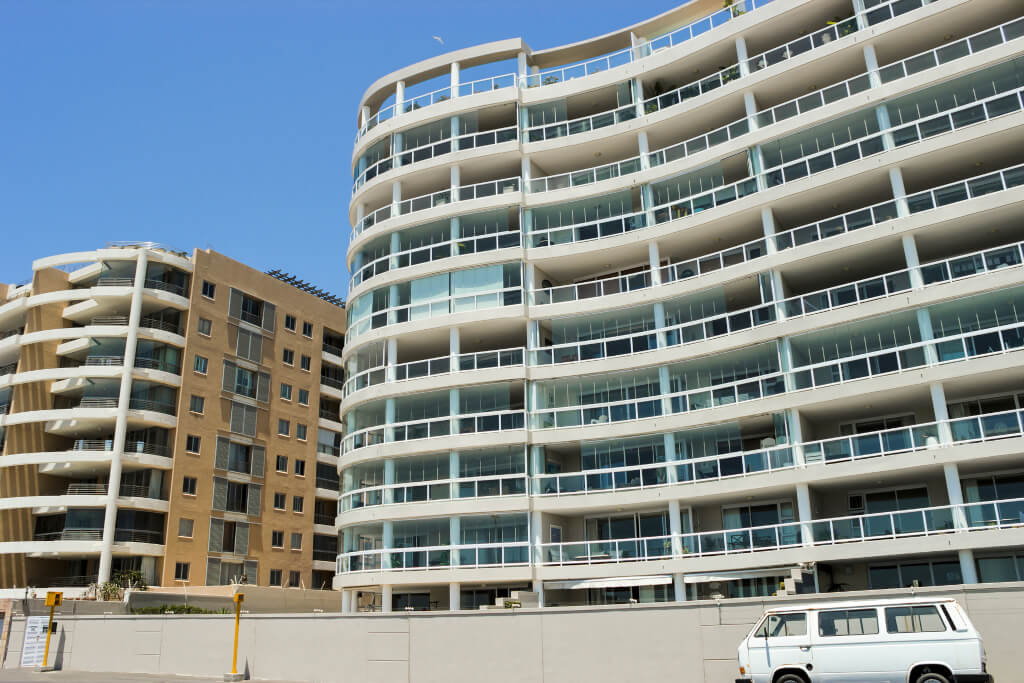There are a plethora of exciting things to do in the Western Cape of South Africa. This area is proudly rising to the task of satisfying the demand for housing, as seen by the surge in the construction of both residential and commercial property despite the overall downturn in new property development. The increased need is being met, but the urban landscapes, especially in Cape Town, are also changing to accommodate the city’s expanding population. The significant increase in the city’s population is to blame for this shift.
South Africans Who Have Emigrated to This Safe Haven
The term “semigration” describes the internal migration of South Africans in search of better living conditions, and it is responsible for a significant shift in the country’s population. The unique attractiveness and diverse range of lifestyle alternatives in the Western Cape make it a popular destination for these “semigrants.” Because of this, there is a rising demand for brand-new homes and businesses to be built in the area.
A possible decline from 33 in the first quarter of 2023 to 28 in the second quarter of that year may be seen in the most recent FNB/BER Building Confidence Index. However, Western Cape house builders are reporting consistent interest in a wide variety of dwellings. In particular, flat living has grown rapidly during the past few decades. The director of Rabie, Miguel Rodrigues, explains that the company has seen increased demand for its flats because they are attractive to both investors and first-time purchasers. “Our apartments are great for first-time homebuyers as well as investors who plan to rent them out.”
Even though they have been called the “step-child” since the year 2020, certain nodes like Century City are witnessing a large demand for office space. “So much so,” Rodrigues says, “that we will be bringing new office space onto the market in the next year to meet the demand.”
The Changing Makeup of the Western Cape Real Estate Market
Head of Marketing at Devmark Property Group, Dejane Steyl, claims that there is a diverse range of construction currently underway in the Western Cape. The construction of homes, businesses, and stores is all part of this project. Her explanation for this phenomenon was as follows: “This is due to the enormous influx of people semi migrating from other parts of the country…” “Residential ‘lock-up and go,’ low maintenance housing within secure estates is undoubtedly the type of housing that is in highest demand.”
Devmco Group Portfolio Manager Brad Winstanley, who testifies to the appeal of large-scale secure estates, says, “Multi-generational estates tend to be the most popular in the current environment, particularly those that are part of a broader mixed-use precinct.” [Insert citation here] This comment supports the idea that huge fortified estates are appealing. This means that families can stay in one place while still having their individual needs handled by businesses conveniently located nearby.
The phenomenon of Student Housing
The construction of student residences is a thriving segment of the real estate market. The CEO of Growthpoint Properties, Engelbert Binedell, stated that “Growthpoint Investment Partners, through Growthpoint Student Accommodation REIT, has invested in projects worth R1.5 billion over the past 18 months.” Each of these projects is having a profoundly beneficial effect on the local economies.
External concerns, such as rising borrowing rates, rising building prices, and low levels of company confidence, have limited commercial property development in the area, but it has not been completely absent. Binedell explains, “The only traditional commercial property sector with notable development activity is the industrial sector, where there is a demand for quality warehousing for distribution purposes.”
Hillcrest Private Hospital in KwaZulu-Natal (KZN) is expanding its facilities in July to include extra beds, operating theatres, and consulting rooms to accommodate the expanding healthcare business. In addition, later this year work will start on a new medical centre in the KwaZulu-Natal town of Cornubia.
Understanding the World as It Is Today
Emira Property Fund, looking at the big picture across the country, sees the emergence of some new storage and distribution buildings as a response to
special interest. Ulana van Biljon, the company’s COO, has commented, “There is very little in the way of new office development given the general oversupply of space in this sub-sector.”
Even though there is a clear need for more reasonably priced rental housing, construction has been slow to keep up with demand. Several issues, such as the economy, load shedding, rising prices, and borrowing rates, have added to the challenges associated with the project’s practicability. All of these issues are adding to the already substantial strain that rising building costs are placing on ordinary people’s wallets.
Flexibility in a Changing Environment
Despite challenges, the Western Cape’s real estate development scene is responding strongly. The constant buzz of activity heard from building projects in the residential, commercial, and industrial sectors is a reflection of unwavering optimism. This upbeat reaction is a symbol of the strength of the Western Cape and South Africa as a whole, and it bodes well for the future of both regions.
About the Author:
Luthando Khumalo is a renowned innovation officer and respected entrepreneur in South Africa. With over a decade of experience in the South African business sphere, Luthando brings a unique perspective to the nuances of property investment and development.




